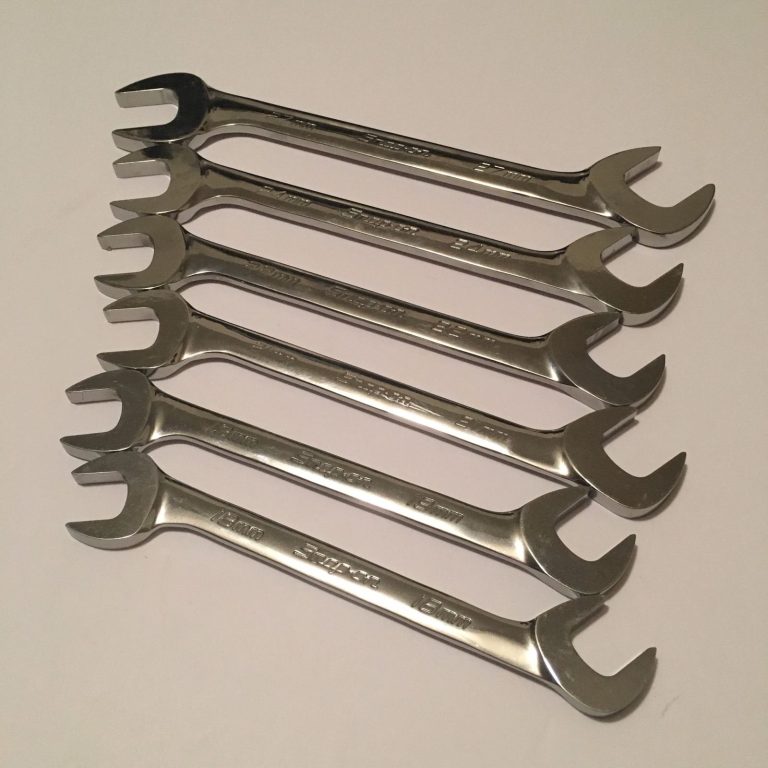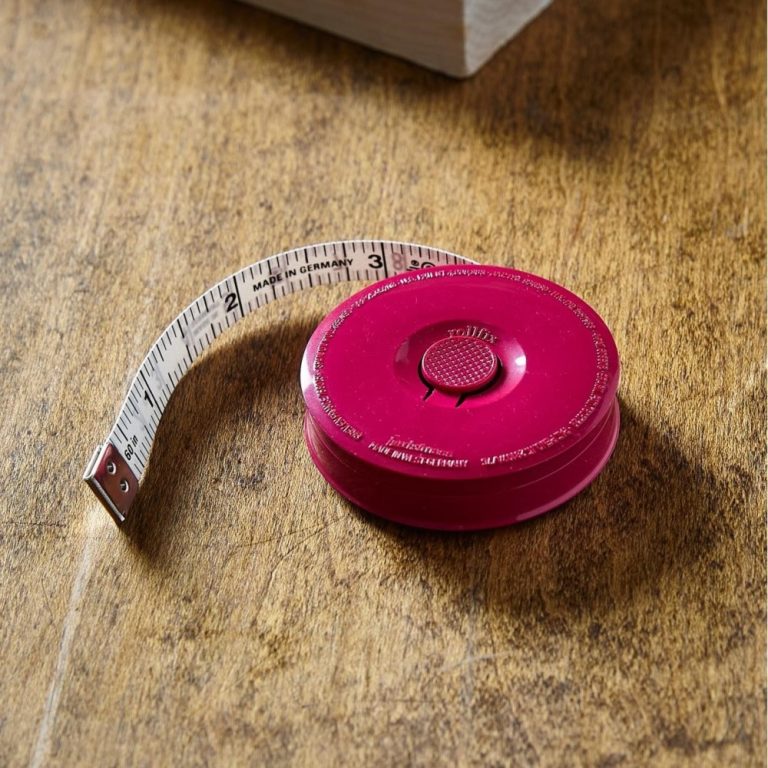
How to Measure Without Measuring Tape: Creative Techniques
In daily life, having a measuring tape at hand can be incredibly convenient, but what happens when you find yourself without one? Whether you’re embarking on a DIY project, packing for a move, or simply curious about your own measurements, knowing how to measure without measuring tape can be a valuable skill. This guide explores ten practical and creative methods to help you estimate measurements accurately using everyday objects and alternative techniques.
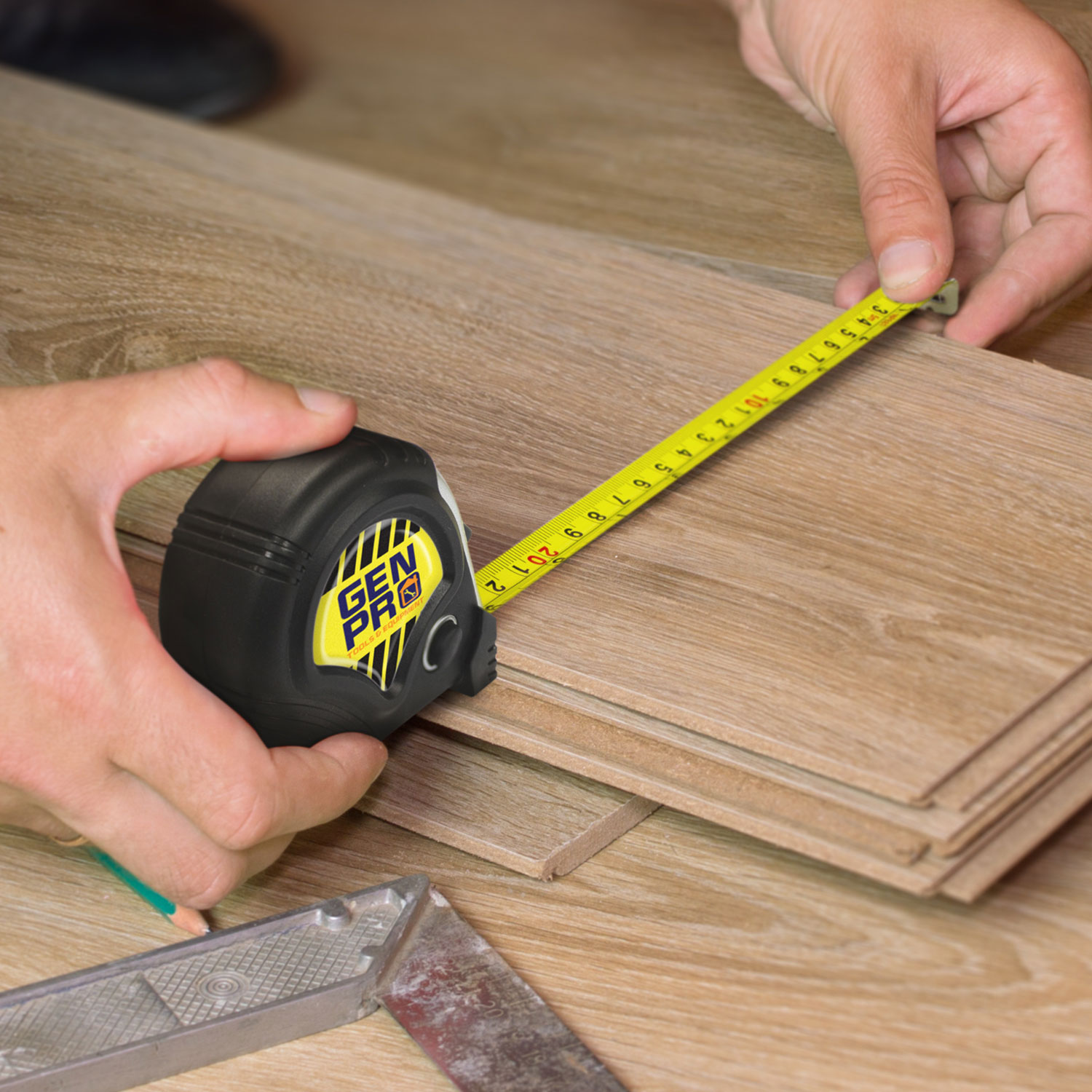 Using Common Household Items as Measuring Tools
Using Common Household Items as Measuring Tools
The Credit Card Method
One of the simplest ways to measure without measuring tape is by using a standard credit card. Typically, a credit card is about 3.375 inches (8.5 centimeters) long. To use this method, align the edge of the credit card with the object you want to measure and count the number of cards needed to cover the length. For example, if you need to measure a table that is approximately 36 inches long, you would need about ten credit cards lined up end to end.
Leveraging an A4 Paper
Another handy item is an A4 sheet of paper, which measures 21 × 29.7 centimeters. This can serve as a makeshift ruler. To measure smaller objects, place the paper next to the item and use the edge as a reference. For larger measurements, you can use the length of the paper multiple times, ensuring you keep track of each segment accurately.
Utilizing Your Shoe
Feet can also act as effective measuring tools. The average shoe size varies, but you can use your own shoe as a unit of measurement. For instance, if your shoe is 10 centimeters long, you can estimate the length of a room by counting how many shoe lengths fit into the space. This method is especially useful when you need a quick estimate and don’t require pinpoint accuracy.
Measuring with Your Body Parts
Hand Span Technique
How to measure without measuring tape? Your hands are naturally convenient for measuring. A common method is the hand span, which is the distance from the tip of your thumb to the tip of your pinky finger when your hand is fully extended. While the exact measurement varies from person to person, it typically ranges around 20 centimeters. By using your hand span, you can estimate widths and heights without any tools.
Using Your Foot as a Yardstick
Your stride length can also serve as a measuring tool. To determine your stride, walk a known distance and count the number of steps you take. For example, if your stride is approximately 75 centimeters and you take four steps, you’ve walked 3 meters. This method is particularly useful for measuring longer distances, such as the length of a garden or a hallway.
The Arm Span Method
Interestingly, your arm span is often roughly equal to your height. By fully extending your arms sideways, you can use your arm span to estimate larger dimensions. If you know your height, you can effectively use it to measure distances in a room or across a table.
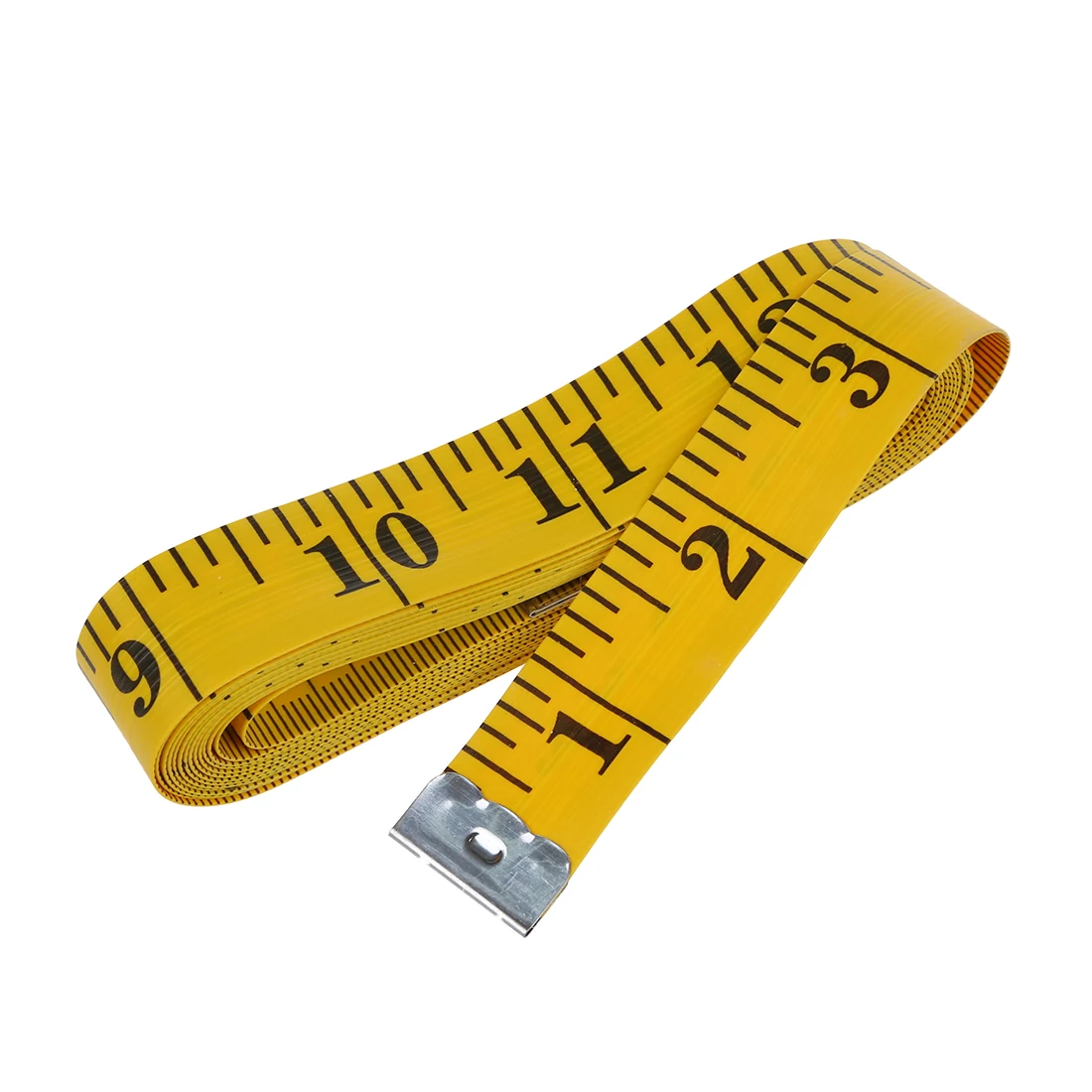 Estimation Techniques for Accurate Measurements
Estimation Techniques for Accurate Measurements
Comparing with Known Objects
When precise tools aren’t available, comparison becomes essential. For instance, if you know that a standard door is 2 meters tall, you can visually compare other objects to this reference. By aligning the unknown object next to the known one, you can gauge its size relative to something familiar.
Proportional Scaling
Proportional scaling is a mathematical approach to estimation. By understanding the ratio between different parts of an object, you can calculate its dimensions. For example, if you know that half of a bookshelf is 50 centimeters, you can deduce that the entire shelf is approximately 100 centimeters long.
Utilizing Shadow Lengths
In outdoor settings, you can use the length of shadows to estimate sizes. By measuring the shadow of a known object, like a stick, you can create a scale to measure other objects based on their shadow lengths. This method relies on the principles of similar triangles and can be surprisingly accurate under the right conditions.
Survival Measurement Skills for Outdoor Enthusiasts
Using Natural Resources
When venturing into the wilderness, natural items become your best tools. A sturdy branch can serve as a measuring stick, especially if you know its approximate length. Additionally, stones can be used as markers to create a makeshift measuring scale for distances or identifying landmarks.
Estimating Distance with Footfalls
Walking is not just a means of transportation but also a practical measuring tool in the wild. By understanding your average step length, you can estimate distances traveled. For example, if your step length is about 70 centimeters, counting your steps can help you approximate the distance to a particular location.
Solar Shadow Measurements
The position of the sun can aid in estimating time and distance. By observing the movement and length of shadows, you can infer the time of day and estimate distances based on shadow lengths. This ancient technique can be refined with practice to improve your measurement accuracy in outdoor environments.
Creating DIY Measuring Tools at Home
Crafting a Paper Tape
If you find yourself without a measuring tape, creating one from paper is straightforward. Take a long strip of paper, mark it with known measurements like centimeters or inches, and use it as a flexible ruler. Ensure each mark is as accurate as possible by comparing it with a standard measurement when creating your tape.
Assembling a Wooden Ruler
For a more durable solution, you can assemble a temporary ruler using wooden sticks and string. Measure and mark equal segments on the string, then attach the string to the wooden sticks at intervals to create a linear measuring tool. This DIY ruler can be used multiple times for various measuring tasks around the house.
Using a Smartphone App
Modern technology offers tools that can substitute physical measuring tapes. Several smartphone apps use the phone’s camera and sensors to estimate dimensions. By following the app’s instructions, you can accurately measure objects without needing a traditional tape measure.
 Practical Applications of Non-Tape Measurement Methods
Practical Applications of Non-Tape Measurement Methods
Home Improvement Projects
When undertaking home improvement projects, precise measurements are crucial. Without a measuring tape, you can use body parts or household items to estimate lengths and widths. For example, using your hand span to measure the width of a window can help you determine how much paint or wallpaper you need.
Sewing and Tailoring
In sewing, accurate measurements ensure well-fitting garments. By using your own body parts, like your arm span or foot length, you can take necessary measurements for tailoring without a tape measure. This method, while not as precise, is sufficient for basic alterations and custom fittings.
Crafting and DIY Projects
DIY enthusiasts often need to measure materials accurately. Without a tape measure, using objects like credit cards or A4 paper can help you estimate lengths and widths of boards, fabrics, or other materials. This ensures that your projects are built to the desired specifications, maintaining quality and functionality.
Tips for Improving Measurement Accuracy Without a Tape
Calibration Techniques
To enhance accuracy, calibrate your chosen measuring method against a known standard. For instance, if using a credit card, measure its length with an actual measuring tape first. This comparison helps you understand any discrepancies and adjust your estimations accordingly.
Consistent Measurement Units
Always use the same measurement units to maintain consistency. Whether you’re using centimeters, inches, or another unit, sticking to one throughout your measuring process minimizes errors and ensures reliable results.
Practice Regularly
Like any skill, accurate measuring without a tape improves with practice. Regularly use alternative measuring methods in everyday situations to become more familiar with their accuracy and limitations. Over time, you’ll develop a keen sense for estimating measurements precisely.
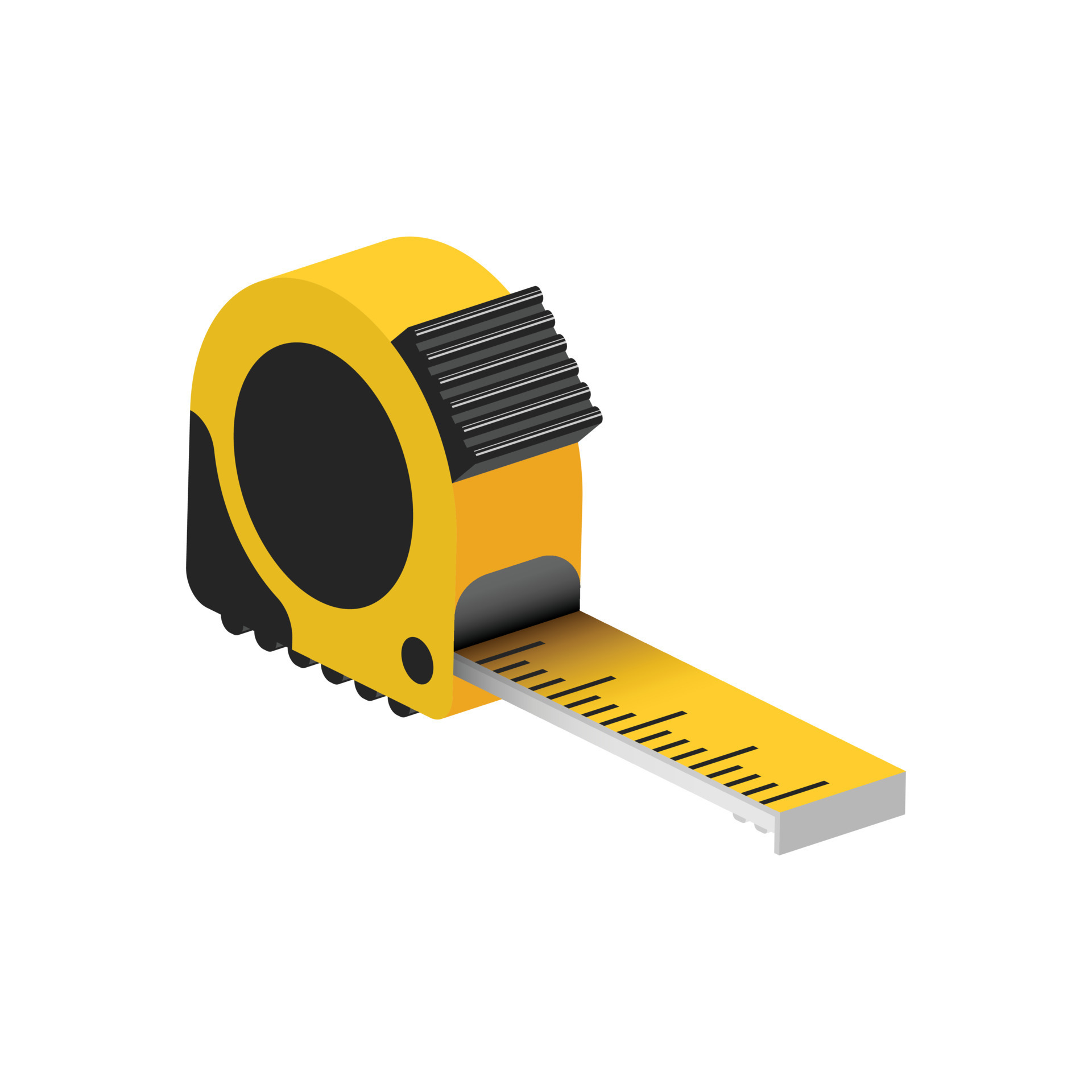 Overcoming Common Challenges
Overcoming Common Challenges
Dealing with Irregular Shapes
Measuring irregular shapes without a tape can be tricky. Break down the shape into smaller, regular sections and measure each part separately. Summing these smaller measurements can give you an overall estimate of the entire object.
Maintaining Measurement Consistency
Keeping measurements consistent is essential for accuracy. Use the same item or body part for each measurement task to avoid variations. For example, if using your hand span, ensure you use the same hand and the same degree of extension each time.
Minimizing Human Error
Human error can significantly impact measurement accuracy. To minimize this, use methods that allow for easy adjustments and double-check your measurements with multiple objects or techniques whenever possible.
Advanced Estimation Techniques
Geometric Principles
Understanding geometric principles can enhance your ability to measure without a tape. Concepts like similar triangles and proportionality allow you to make more accurate estimations based on known shapes and sizes within your environment.
Using Optical References
Optical references, such as grid lines in photos or the edges of windows, can serve as measurement guides. By aligning these references with the object you want to measure, you can estimate its dimensions relative to the optical grid.
Leveraging Technology
Advanced technology, beyond smartphone apps, can assist in measuring without traditional tapes. Tools like laser distance meters and augmented reality devices provide precise measurements quickly and efficiently, bridging the gap when a tape measure is unavailable.
How to Measure Without Measuring Tape in Emergency Situations
Quick Assessments in Power Outages
During power outages or other emergencies, measuring without traditional tools can be essential. Using body parts or common objects can help you gauge distances for safety measures, such as ensuring there is enough space to avoid hazards.
Measuring for First Aid Supplies
In emergencies, knowing how much first aid supply to carry is crucial. Estimating the volume or quantity of supplies required can be done using alternative measurement methods, ensuring you are prepared without needing precise tools.
When navigating rough terrain, accurate measurements can aid in planning your path or assessing risks. Using natural markers and estimation techniques can help you make informed decisions about your route and distance traveled.
The Importance of Measurement Skills Without Traditional Tools
Enhancing Problem-Solving Abilities
Learning how to measure without a tape enhances your problem-solving skills. It encourages creative thinking and resourcefulness, enabling you to adapt to various situations where conventional tools may not be available.
Increasing Self-Sufficiency
Being able to measure without relying on traditional tools increases your self-sufficiency. Whether you’re camping, traveling, or facing unexpected scenarios, these skills ensure you remain prepared and capable of handling measurement tasks independently.
Boosting Confidence in DIY Projects
Confidence in your DIY projects grows when you can accurately estimate measurements without a tape measure. It allows you to undertake projects with assurance, knowing that you have multiple methods to ensure your work is precise and well-executed.
 Conclusion: Mastering the Art of Measurement Without a Tape
Conclusion: Mastering the Art of Measurement Without a Tape
Understanding how to measure without measuring tape opens up a world of practical possibilities. From using everyday objects and body parts to applying estimation techniques and leveraging technology, there are numerous ways to achieve accurate measurements without relying on traditional tools. By practicing these methods and honing your skills, you can confidently tackle a variety of measurement challenges in everyday life and beyond.
